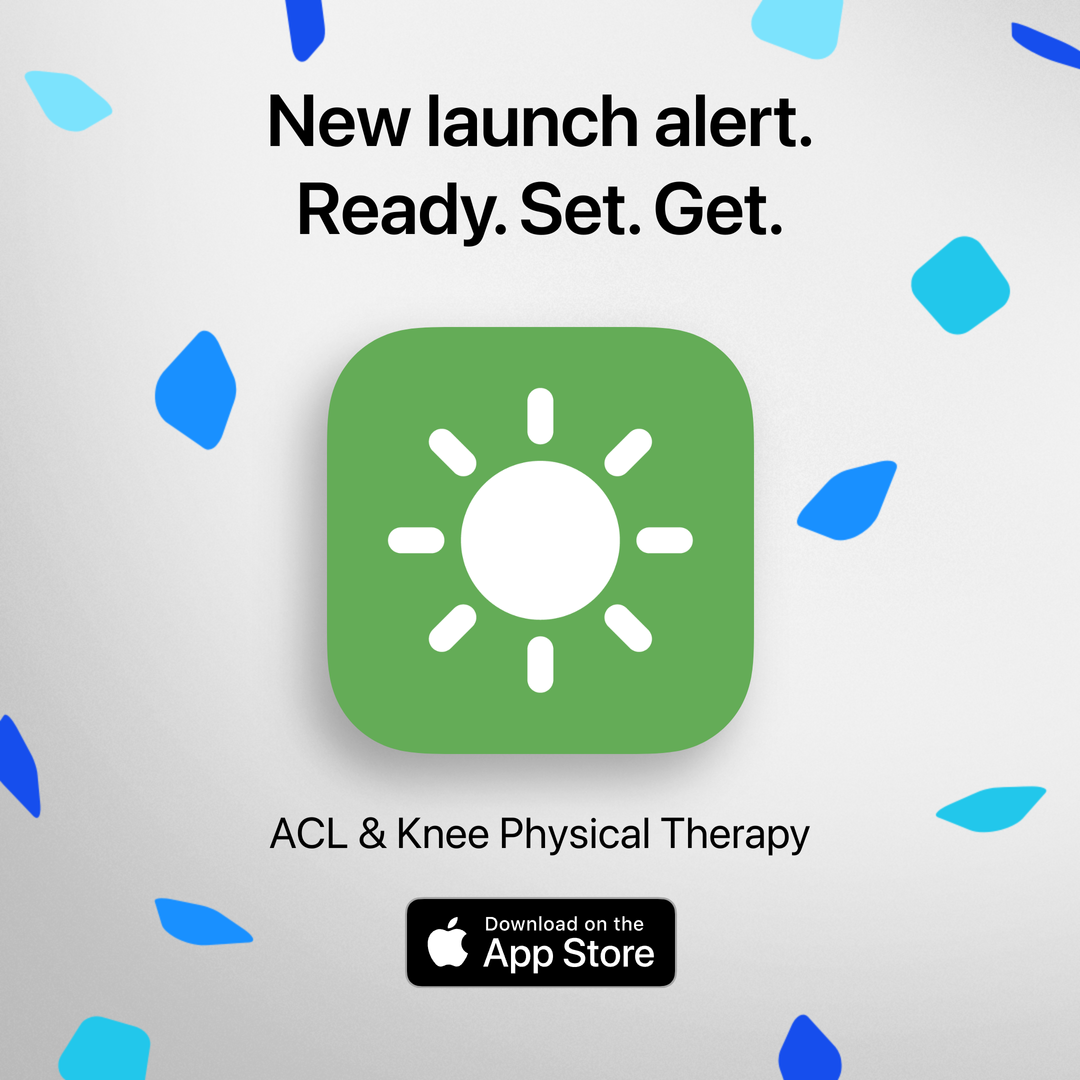When you weigh yourself on a scale and you receive a number, how do you make sense of the value? How do you know if you are overweight, underweight or normal? Who do you compare yourself to?
In order to determine what is normal and to make sense of your own score, you would likely compare your weight with other people who share similar characteristics to you such as sex, age, and height. It wouldn’t make sense to compare yourself to someone with different characteristics since what may be normal for them is likely different for you. This same concept applies to normative values.
Normative data identifies what is usual or typical and describes observed characteristics of a specific population at a particular point in time.[1] The use of normative values allow you to make sense of your test scores by comparing your score to scores of individuals with similar characteristics as you.[2]
As explained in part 1 of the KOOS blog series, the knee injury and osteoarthritis score (KOOS) is a questionnaire designed specifically for people with various knee conditions.[3] Completing the KOOS provides insight into the course of your knee injury and allows you and your healthcare provider to track the effects of treatment over time.[3] While comparing your own preoperative and postoperative KOOS scores provides insight into your recovery process, you can also compare your scores to normative KOOS values to determine your level of impairment or your level of progress relative to people who have undergone a similar injury, surgery or treatment.
Check out the normal KOOS scores blog for populations who have sustained an ACL injury,[4][5][6] total knee replacement (TKR) surgery, [7][8][9] as well as those who have knee osteoarthritis,[10] and populations with no known knee ailments [11] in part 2 of the KOOS blog series.
If you have had a knee injury or surgery try our app Curovate for your daily recovery. Curovate provides video-guided daily exercises, progress tracking, the ability to measure your knee and hip range of motion and the ability to complete the KOOS outcome measure all within the app.
If you need further customized assistance during your surgery or injury recovery check out our Virtual Physical Therapy page to book your 1-on-1 video session with a physical therapist.









